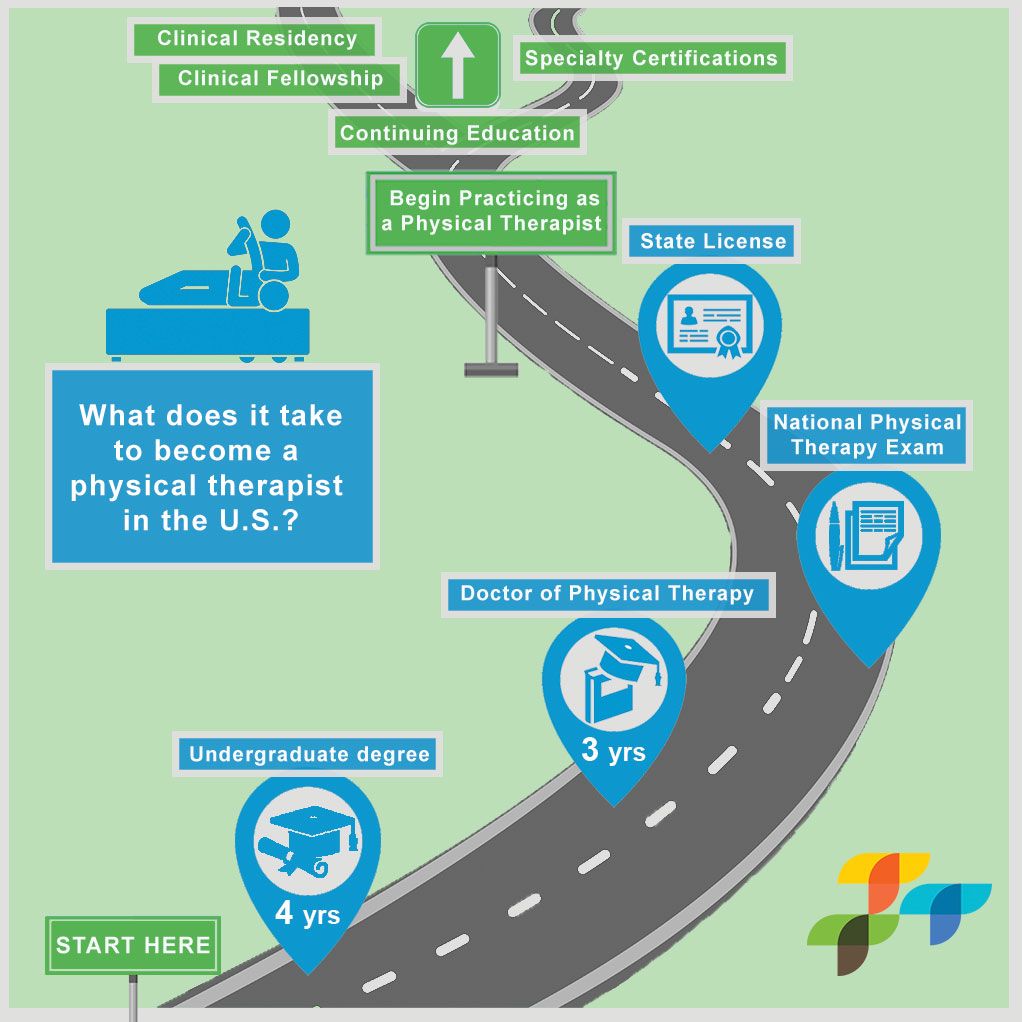After completing your bachelor’s degree in Physical Therapy, you can pursue a postgraduate degree to become a physical therapist. There are various options to pursue your education, including a pre-physical therapy bachelor’s degree, a DPT program, clinical residency, or Board certification. Learn more about the education needed to become a physical therapist by reading on. We’ve covered some of the most important aspects of the field, from what to expect in the program.
Pre-physical therapy bachelor’s program
A bachelor’s degree in pre-physical therapy can lead to a doctorate in physical therapy at Arcadia University. While many students will pursue a major in science, pre-physical therapy bachelor’s program students have the opportunity to major in any subject. However, they must complete prerequisite courses in science, human physiology, psychology, and statistics. Students can also opt to study liberal arts or other subjects, but it is advisable to focus on the sciences. The Pre-Physical Therapy program emphasizes liberal arts and science, as well as health care, and will provide a strong foundation for entry-level work.
Students interested in pre-physical therapy may consider pursuing a major in biology or a related field. However, these studies aren’t intended to earn a degree. A Bachelor of Science in Biology with Emphasis in Pre-Physical Therapy program focuses on preparing students for entry into a Doctor of Physical Therapy (DPT) program. Students enrolled in the program must meet prerequisite courses and take the Graduate Record Exam. A Pre-physical therapy bachelor’s program will also emphasize interpersonal communication, psychology, and spirituality.
DPT program
DPTs are considered entry-level degrees in physical therapy, but many licensed professionals choose to specialize in a particular field. Students who choose a specialty area will complete a residency or fellowship. Clinical residency programs combine opportunities for ongoing clinical supervision and mentoring with the theoretical background needed for advanced practice. They are typically less than two years in length. Some students choose to pursue a doctorate in physical therapy after completing their residency.
During the DPT program, students will learn the latest advances in health and wellness. They will also be exposed to new ways to promote healthy lifestyles among patients. In addition, students will complete a capstone research course. As part of this course, DPT students will work in small groups on faculty-directed research and systematic reviews. They will present their research findings at Simmons Physical Therapy Research Day. Ultimately, the DPT program will prepare graduates for a licensed physical therapy career.
Clinical residency program
The clinical residency program for physical therapists consists of one year of clinical practice, didactic education, and scholarly activity. The curriculum focuses on various subspecialties, such as orthopedics and neurology. There are also opportunities for hands-on learning in the physical therapy clinic, such as assisting in orthopedic surgery and performing physician visits. During the residency, residents also participate in weekly didactic sessions, including lectures and labs. In addition, they take part in the APTA Orthopedic Section curriculum and complete 6 written examinations.
As part of the clinical curriculum, residents participate in weekly journal review sessions and current literature. This coincides with the academic teaching curriculum and monograph review. These sessions are facilitated by the residency director and residency faculty. Faculty members also participate in the resident’s learning, helping to promote critical thinking and develop clinical reasoning skills. In addition, residents also participate in ongoing opportunities for mentoring with other faculty members from the physical therapy program.
Board certification
While it is tempting to see clinical specialization as the pinnacle of professional development, board certification is actually not a requirement. Rather, it is a stepping stone to further specialization. For example, some PTs may choose to specialize in neurology or sports medicine. Many PTs under 40 also pursue board certification. Board certification is also beneficial when building provider referral relationships. This article will discuss the benefits of board certification for physical therapists.
The first step in achieving specialty certification is a degree in orthopedics. This specialty certification is a way to tell people that a physical therapist has more advanced training and skills than their colleagues. The number of orthopedic-certified PTs is relatively small, at only 10 percent. Those who achieve board certification have a competitive advantage and can command higher pay. Board certification for physical therapists is becoming increasingly popular as it distinguishes them from other PTs.

